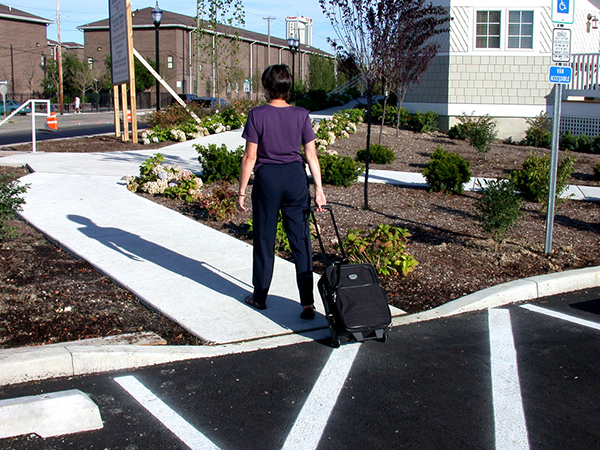1 Understanding Accessibility
Heather Caprette
Accessibility is the degree to which a product, service or environment is available to all users, including those with disabilities or special needs. It’s about our ability to participate in and belong to the world around us. The Office of Civil Rights, in a resolution agreement with South Carolina Technical College, said, “Accessible means a person with a disability is afforded the opportunity to acquire the same information, engage in the same interactions, and enjoy the same services as a person without a disability in an equally effective and equally integrated manner, with substantially equivalent ease of use.”
A similar concept is Universal Design. Universal Design is the proactive design of products and environments to be usable by all people, to the greatest extent, without the need for adaptation or specialized design. A curb cut is an example of something that is universally designed. It helps people in wheel chairs and using walkers navigate their environment, but it also benefits people pushing strollers and carts, pulling luggage, people on bicycles, and people on roller skates.

While it may not be possible to make everything accessible to all people due to variation in user needs and abilities, we can follow standards to make our online content accessible to the broadest range of people. These standards are referred to as the Web Content Accessibility Guidelines.

